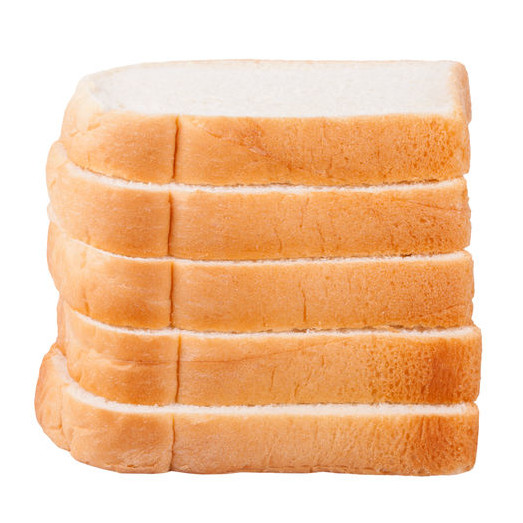Sodium Stearoyl Lactylate (SSL)
What is Sodium Stearoyl Lactylate (SSL)?
SSL is a versatile emulsifier used in bread, buns and other bakery products as a dough strengthener and crumb softener.
Due to its ionic and nonpolar nature, it is able to interact with gluten proteins promoting their aggregation. Its nonpolar portion allows it to interact with the hydrophobic regions of starch to delay the onset of staling.1
- The linear-shaped chemical structure of SSL gives it te capacity to access gelatinized amylose inner helix.
- Its lipophilic moiety binds to the interior of the helix and the hydrophilic side to water, hence retarding retrogradation.2
Origin
SSL is a natural food-grade emulsifier derived from the sodium salt of lactic acid and stearic acid. It is produced through food-grade chemical reactions. Lactic and stearic acid are used in the presence of a base (alkali).
Lactic acid is found in milk. Also, it can be produced by lactic acid bacteria in large-scale fermentations. Stearic acid is found in animal fat or as the product of the hydrogenation of unsaturated vegetable oils.
Commercial production
SSL is manufactured by reacting two organic acids: lactic and stearic. The reaction product is stearoyl lactylic acid (SLA) which can be readily converted by neutralization with sodium hydroxide to sodium stearoyl lactylate (SSL).3
Function
SSL provides the following functionality in baked goods:
- Improves the textural shelf-life of bread and buns
- Produces softer and more pliable tortillas
- Boosts ovenspring by enhancing gas retention capacity of dough
- Imparts greater sidewall strength to loaves (prevention of keyholing)
- Gives bread a desirable resilient crumb
Application
SLA, the primitive form of SSL, is a waxy solid that is difficult to disperse in bread doughs and cake batters. As for SSL, it is a brittle solid that is readily soluble in water. Also, it can be converted to a fine powder. The powder form can be conveniently added to the mixing bowl along with other dough ingredients. SSL is also soluble in hot shortening. It can be pre-melted into the fat as an alternate method of incorporation.
In bread and bun formulations, SSL levels range from 0.3 to 0.5% (baker’s %). Adding it into flour brews (liquid sponges) is beneficial for minimizing foaming in fermentation and holding tanks.
In “composite flours,” SSL has traditionally permitted the use of a considerable proportion of non-wheat flours (e.g. corn flour, rye flour, whole grains) to make high quality bread using no-time or straight dough systems.
FDA regulation
According to CFR §172.846 SSL can be used in bakery formulations at levels up to 0.5%, based on flour weight. If used as stabilizer in icings, fillings, puddings, and toppings, SSL can be added to the formulation at a level up to 0.2% (based on the weight of the finished food).3,4
References
- Stauffer, C.E. “Bakery Products.” Emulsifiers, Eagan Press Handbook Series, AACC International., 1999, pp. 47–66.
- Serna-Saldivar, S.O. “Manufacturing of Bakery Products.” Cereal Grains: Properties, Processing, and Nutritional Attributes, CRC Press, Taylor & Francis Group, LLC, 2010, pp. 259–321.
- Electronic Code of Federal Regulations, Part 172 — Food Additives Permitted For Direct Addition to Food For Human Consumption, e-CFR data is current as of October 10, 2019, https://www.ecfr.gov/cgi-bin/text-idx?SID=a6a87ee97e1dbbb8895f0a335817c6db&mc=true&node=pt21.3.172&rgn=div5, Accessed 13 October 2019.
- Finnie, S., and Atwell, W.A. “Products from Hard Wheat Flour.” Wheat Flour, 2nd Edition, The AACC International Handbook series, AACC International, Inc., 2016, pp. 91–110.


